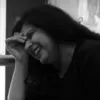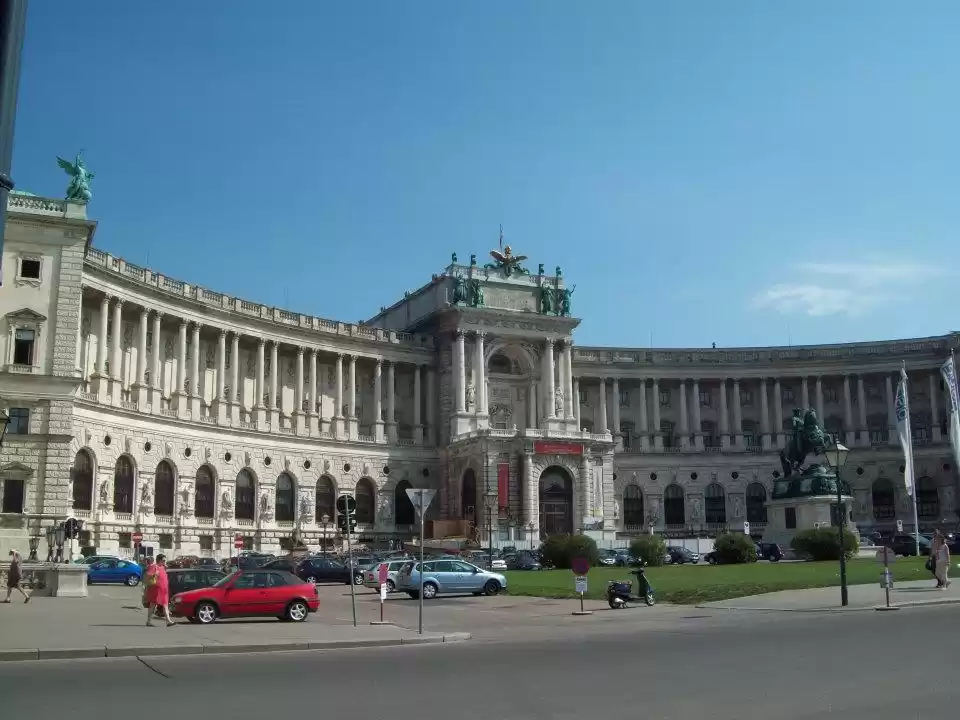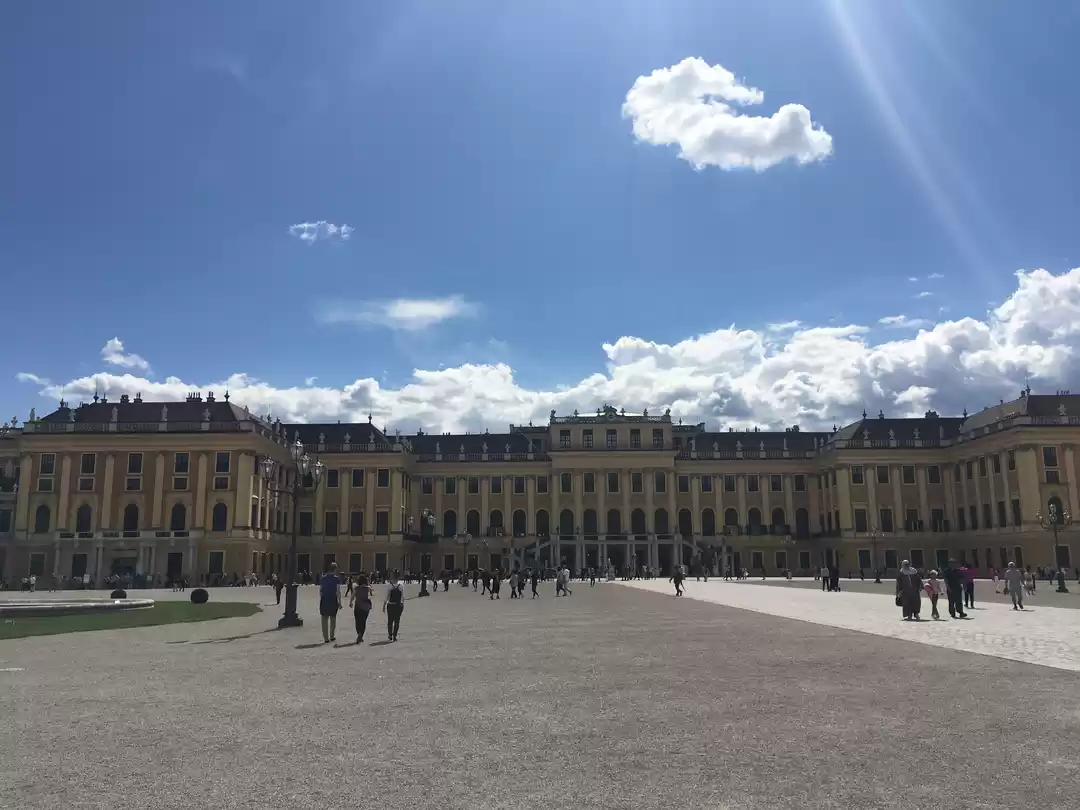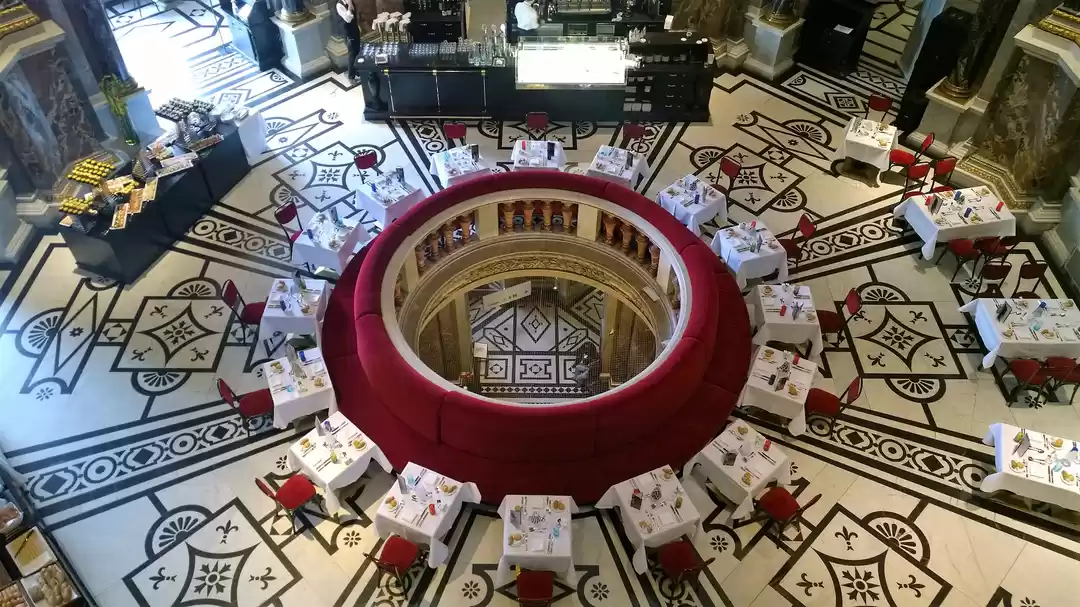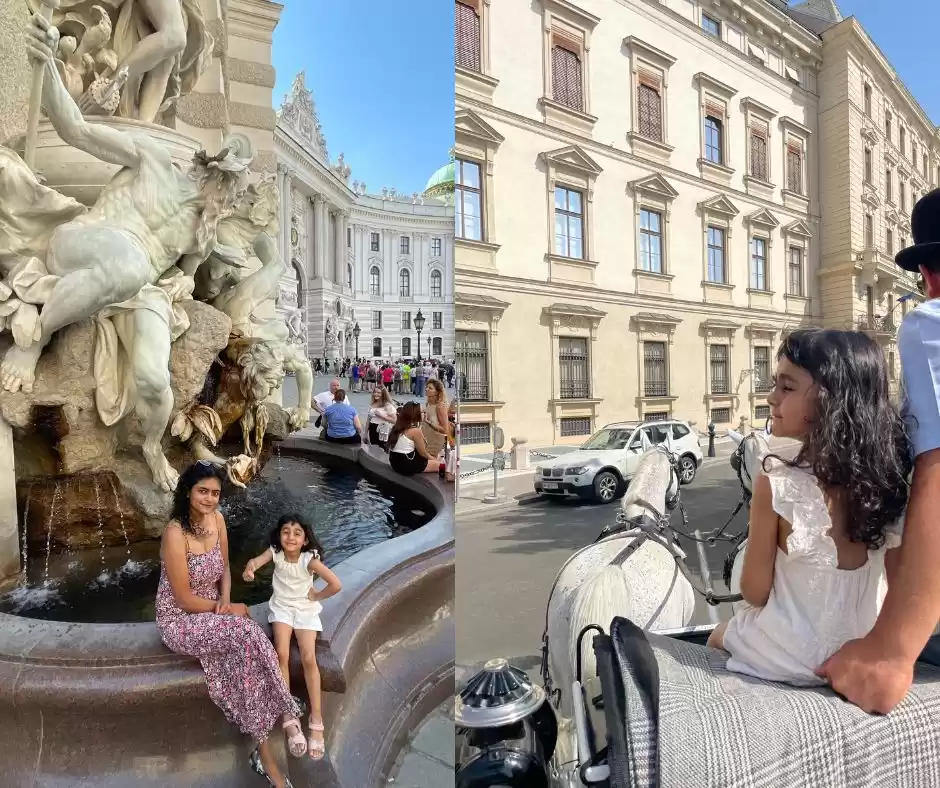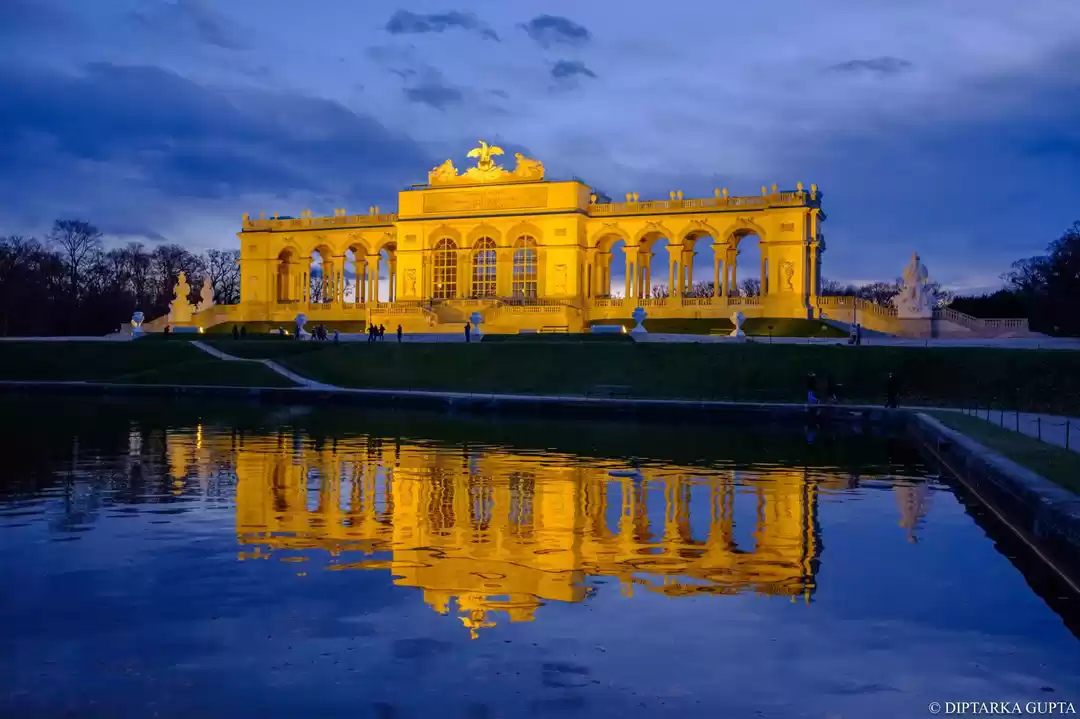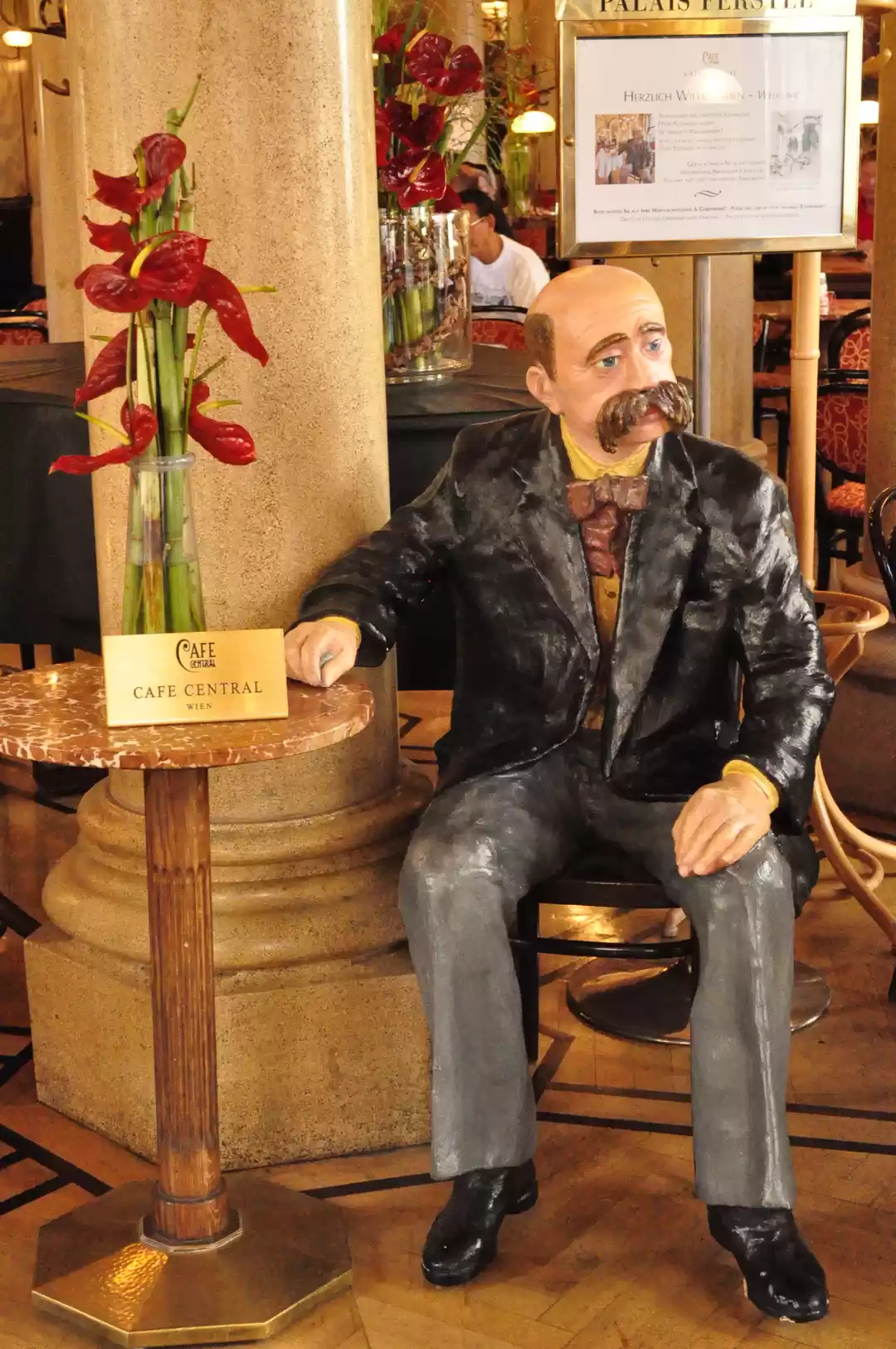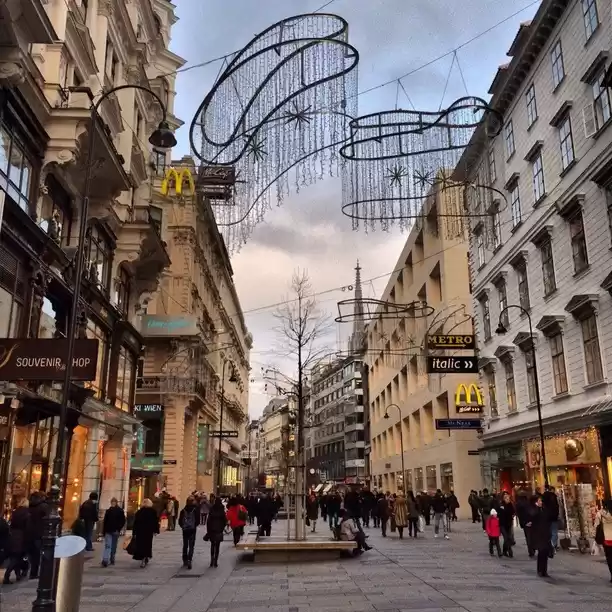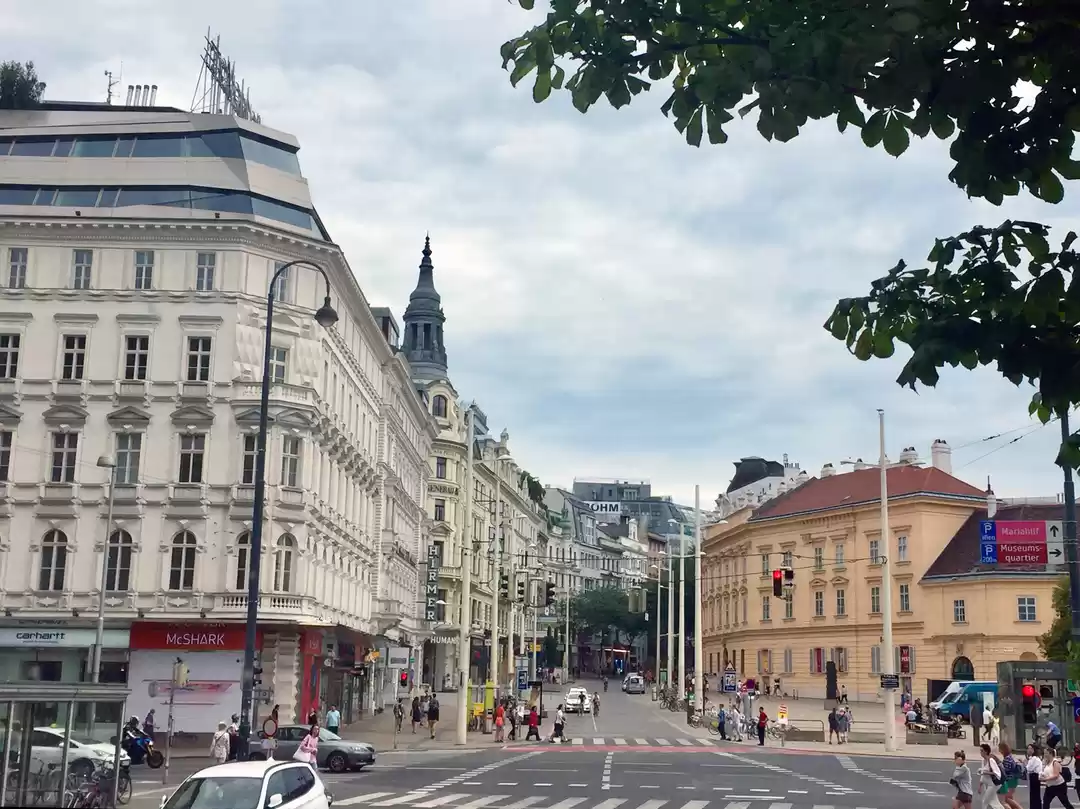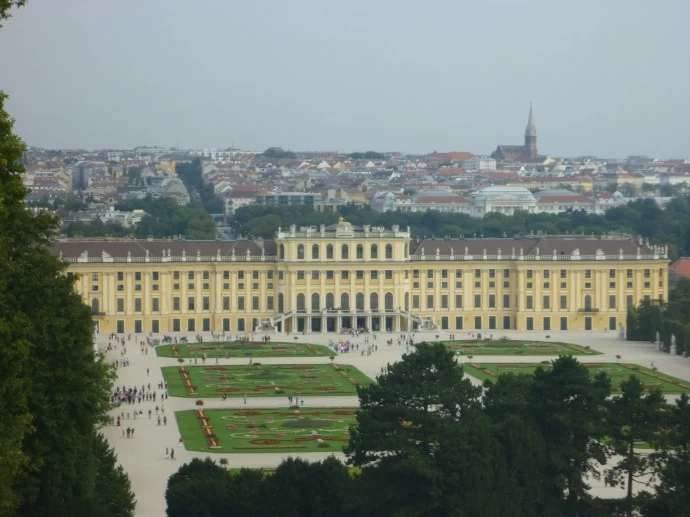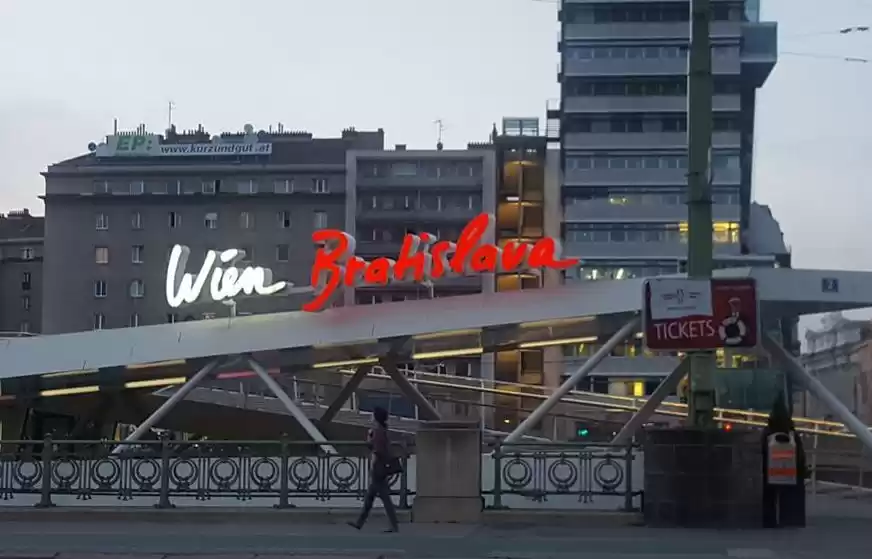

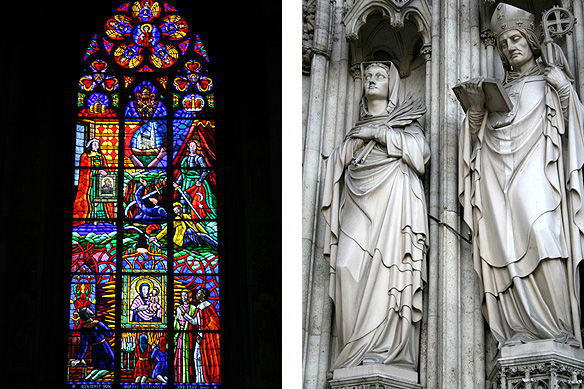
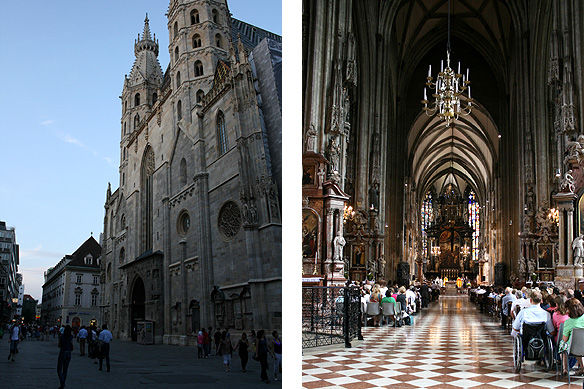
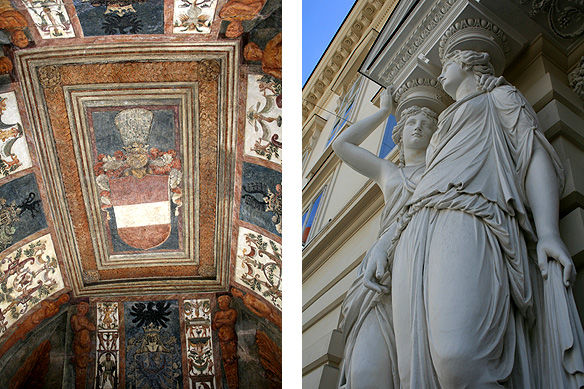
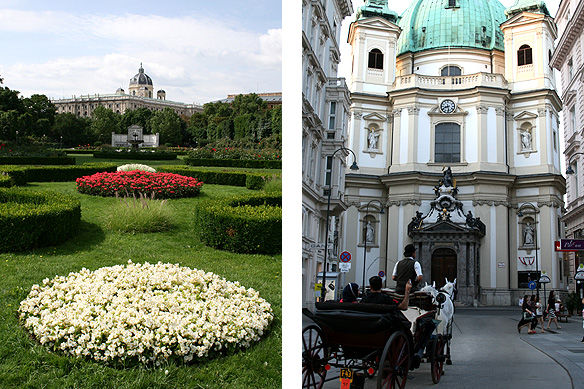
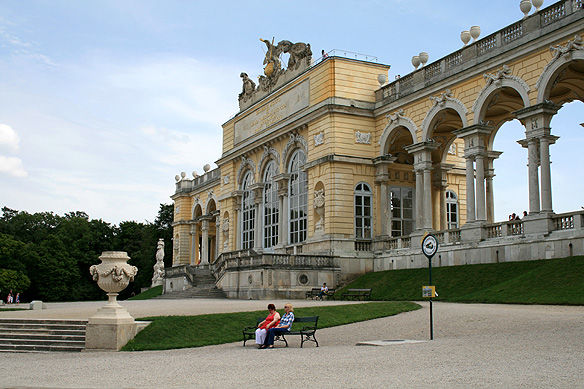
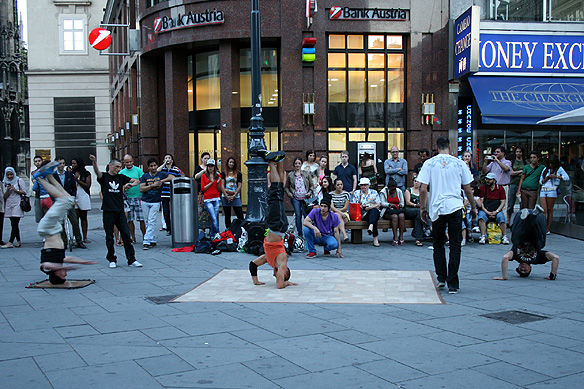
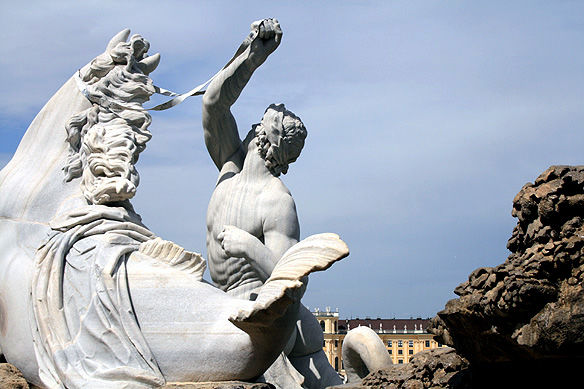
“I am a seagull, of no land,I call no shore my home,I am bound to no place,I fly from wave to wave.”~ Empress Elisabeth of Austria aka Sisi (1837-1898)
A fervent traveler, the Empress of Austria and Queen of Hungary, Sisi, born Elizabeth, the Duchess of Bavaria, was a beautiful, lonely, reclusive woman. An adamant non-conformist and free spirit, she married her cousin Franz Joseph I, Emperor of Austria (1848–1867) at 17, and spent the rest of her life refusing to carry out the traditional roles of empress, wife or mother expected of her. The death of her eldest child at two, and the suicide of Rudolf, her fourth child, pushed her deeper into her shell. She was assassinated by an Italian anarchist in 1898.
Her eccentricities related to her incredible beauty recount tales of her obsession with her weight which she never let rise beyond 50 kg all her life, her 16 inch waist, and a three hour daily hairdressing ritual of combing and braiding her knee length hair. Her husband’s undying infatuation with her despite countless rejections and her absconding from him resulting in perpetual travels marked the essence of the marriage.
Vienna pays homage to its longest serving royal consort at nearly every imperial monument, park, tacky souvenir, and guide and guidebook’s spiel. What also strikes one about Vienna, is the city’s grandeur, way beyond that of any other eastern European city resulting from its pivotal role as the capital of the Austrian Empire which lasted from 1804 to 1867 and, thereafter, as the joint capital (with Budapest) of the Austro-Hungarian Empire (1867 to 1918). The empire covered an area of 698,700 sq. km and had a population of 21,200,000 in 1804 which reached 52,800,000 in 1914. Vienna, thus, was not merely Austria’s capital. It was the capital of Central Eastern Europe for nearly a century.
This explains the immensity of the 4 kilometer long circular Ringstrasse built on the orders of Franz Joseph I in 1857 to replace the city walls as a strategic showcase of the grandeur and glory of the Habsburg Empire, and the architectural gems and grand squares in the Inner City or 1st District. The gigantic Hofburg Palace, once upon a time a medieval castle, contains architectural styles from gothic to art nouveau whilst St. Stephen’s Cathedral or fondly referred to as ‘Steffl’ in the heart of the city is unique for its Gothic tower dating back to the Middle Ages.
A few hours at the Schönbrunn Palace is mandatory. The summer residence of the Habsburg rulers, it was the birthplace of Franz Joseph I (1830) as well as his primary abode in the last years of his life. In 1918, the palace became the property of the new republic and is on UNESCO’s world cultural heritage list today.
Throw in an opera, a visit to the Leopold Museum to see ‘Klimt up close and personal’, the dark art of ‘The metamorphoses of Egon Schiele’ and chill under the stars, dig into aSachertorte at a Viennese café, watch a group of Arab boys give a stunning hip-hop performance in Stephansplatz, attend afternoon mass at the Steffl… Did I mention that I was in Vienna for in fact just two days.

